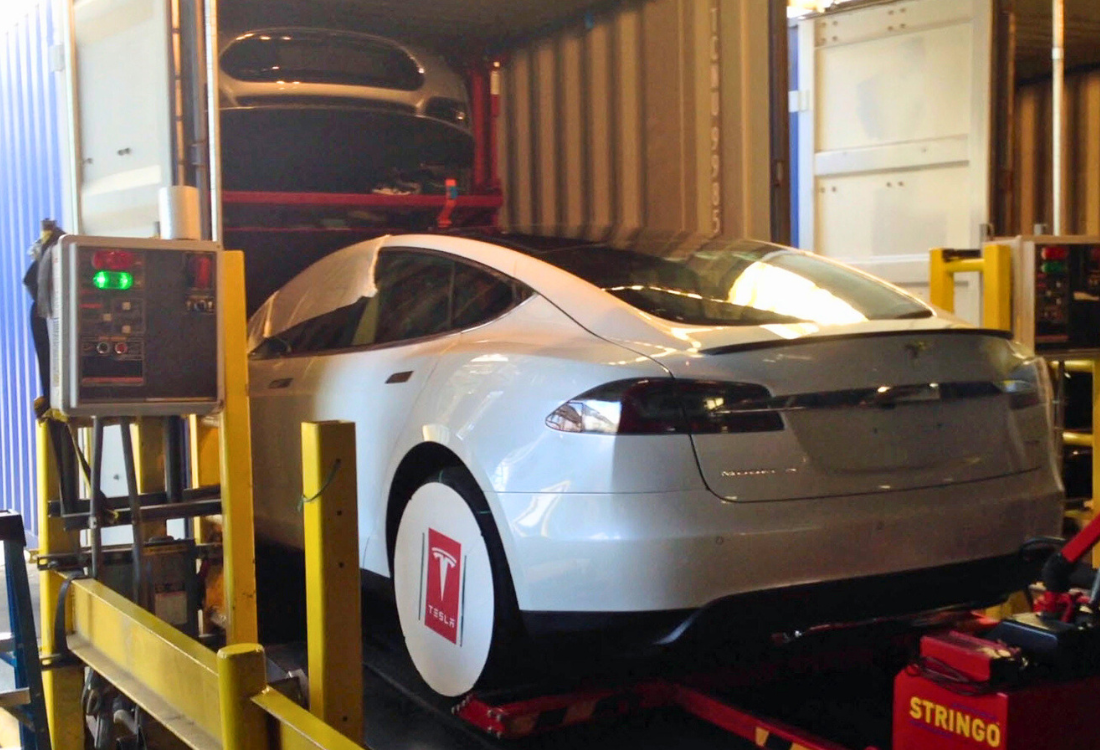
Shipping cars to markets around the world is a risky process, and the more vehicles in your consignment, and the more transitions they have to make, the greater this risk becomes.
Excess costs from handling damage, vandalism, loss or theft soon mount up, reducing the profitability of shipping your vehicle. The best way to minimise the risk of damage in transit is to stop using Ro-Ro ferries in favour of container transport.
Once a car is locked inside a shipping container, it is safely anonymous and immune to most damage – and doesn't have to be handled at all until it reaches the final destination. Besides this, the following steps will help prepare you for shipping your vehicle safely.
1) Wash your vehicles
Cars inevitably accumulate dust and dirt during transport (although less so in container shipping than on a Ro-Ro ship). This can chip the paintwork and spoil the appearance of the goods, so ensure each vehicle is thoroughly cleaned before it embarks on its journey. Dirt and debris can also obscure minor damage should this occur in transit, so maintaining a clean exterior – with a set of ‘before’ photos to establish a benchmark condition – means that problems can be spotted quickly and traced to their source.
2) Remove loose items
Any items that could become loose in transit should be removed or strapped down, in case they damage the windows or interior of the car.
3) Disable the alarm
Car alarms can be triggered by vibrations while at sea, or when shipping containers are being moved by crane. This will quickly drain a car’s battery, and is unlikely to be discovered if the car is secured inside a shipping container! Similarly, the wiring to sensitive electronics may become loose in transit, so we recommend disabling the alarm and any other on-board electronics, and removing the battery if possible.
4) Don’t fill up the tank
Most shipping companies recommend no more than a quarter of a tank of fuel, to reduce the load in the shipping container and reduce the chance of complications in the event of an accident. You only need fuel in order to drive the cars onto the racking in their shipping container, and unload them at the end. To avoid the need for fuel altogether, consider an external racking system such as our EL-RAK. With these systems, the vehicles are strapped to the racking outside of the container, and then manoeuvred into place by forklift.
5) Check for leaks
Check under the vehicles several days before shipping, as leaks of fuel, oils, or hydraulic fluids may mean the shipping company will refuse carriage.
6) Check and correct tyre pressure
Ensure that tyres are fitted correctly and are inflated to the correct pressure, as underinflated or overinflated tyres could risk damage during transit.
7) Lock the vehicles securely
Theft from within a container is unlikely, but the presence of high value vehicles at an invocation point may prove to be tempting to criminals. Lock the cars to reduce the chance of theft while awaiting stowage.
What next?
Our racking systems are designed to optimise the space in shipping containers, to lower your transportation costs and improve efficiency. For a free quotation, please get in touch today by calling 01926 408282.
Image Source: Pixabay















